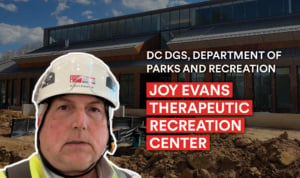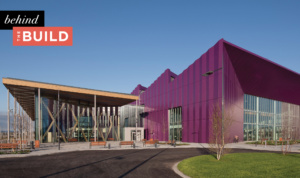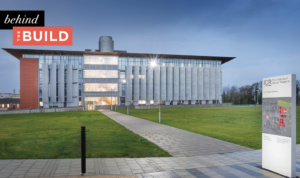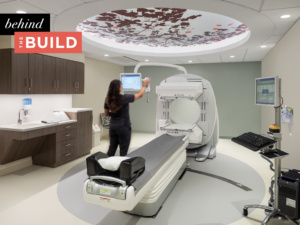Behind The Build: The Exchange at the University of Birmingham
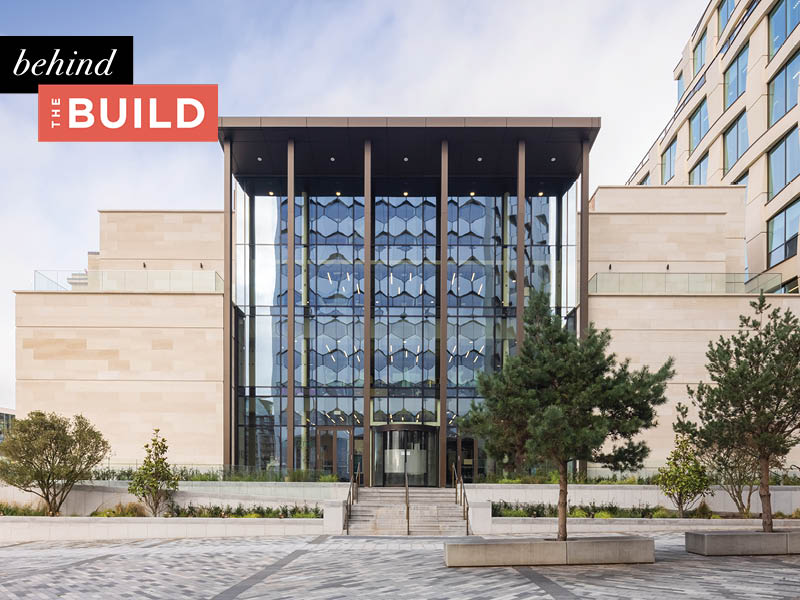
MGAC was founded with the promise to take on the most interesting and challenging project ideas and make them a reality. Getting there is a matter of a million small steps, countless conversations, a multitude of carefully-calibrated decisions that take place between day one and that long-awaited project delivery day. Those are the moments that make a project. We’re revisiting them as we delve into the ways our talented, passionate team makes each of our projects possible. Today, we go Behind The Build and revisit our work with The Exchange at the University of Birmingham.
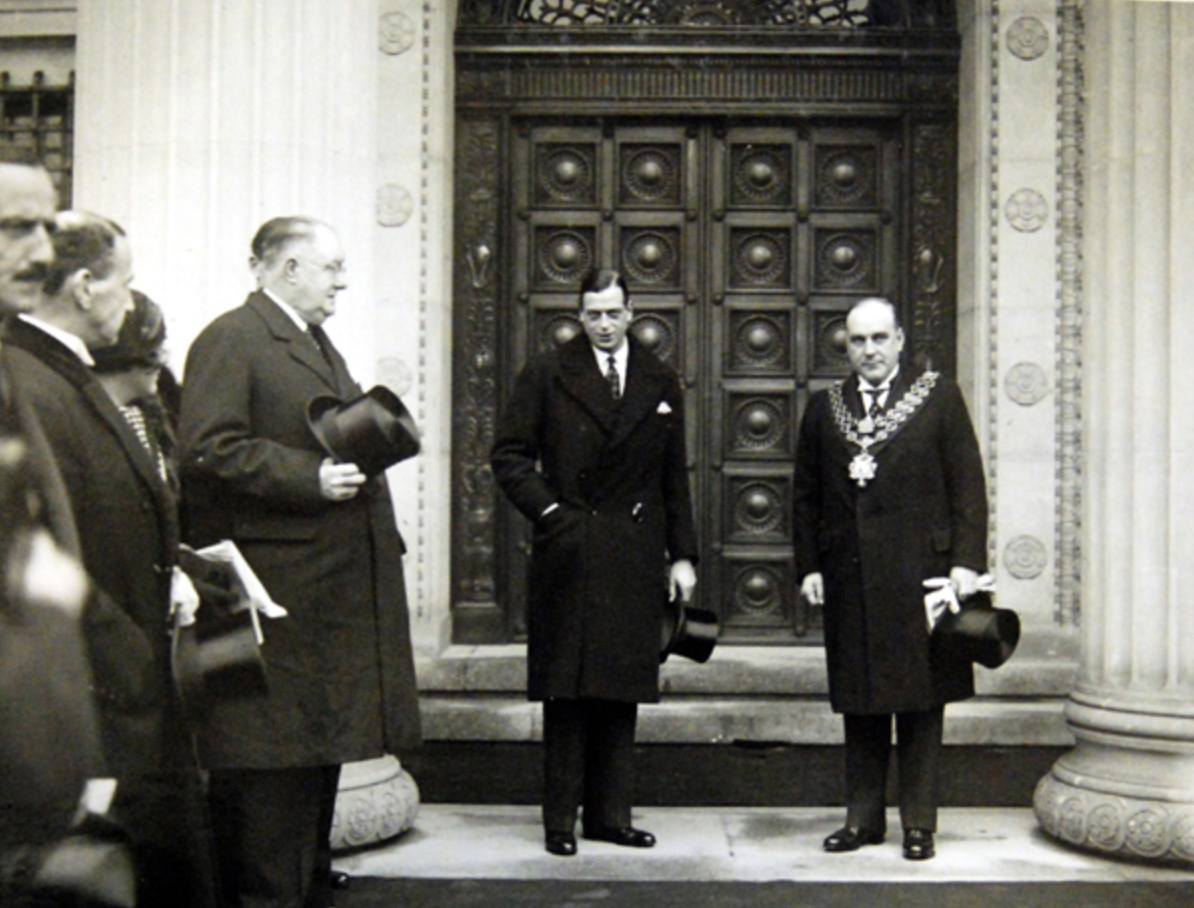
In 1933, Prince George opened the doors to the old Municipal Bank building for the first time. Sitting opposite Centenary Square right in the heart of Birmingham, the neoclassical building, with its grand columns and formal Portland stone and bronze entrance, would have been impossible to miss. As a place that helped people with modest incomes start savings accounts, buy their first homes, and rebuild their finances following the war it quickly became a cornerstone of the community.
After many years of serving the people of Birmingham, the bank closed its doors in 1998. As time went by, it stood empty. With each year, the Grade II-listed building that was once such a central fixture in the city fell further into disrepair. That is, until 2017, when the University of Birmingham decided to purchase the building from the Birmingham City Council to give it a new lease on life.
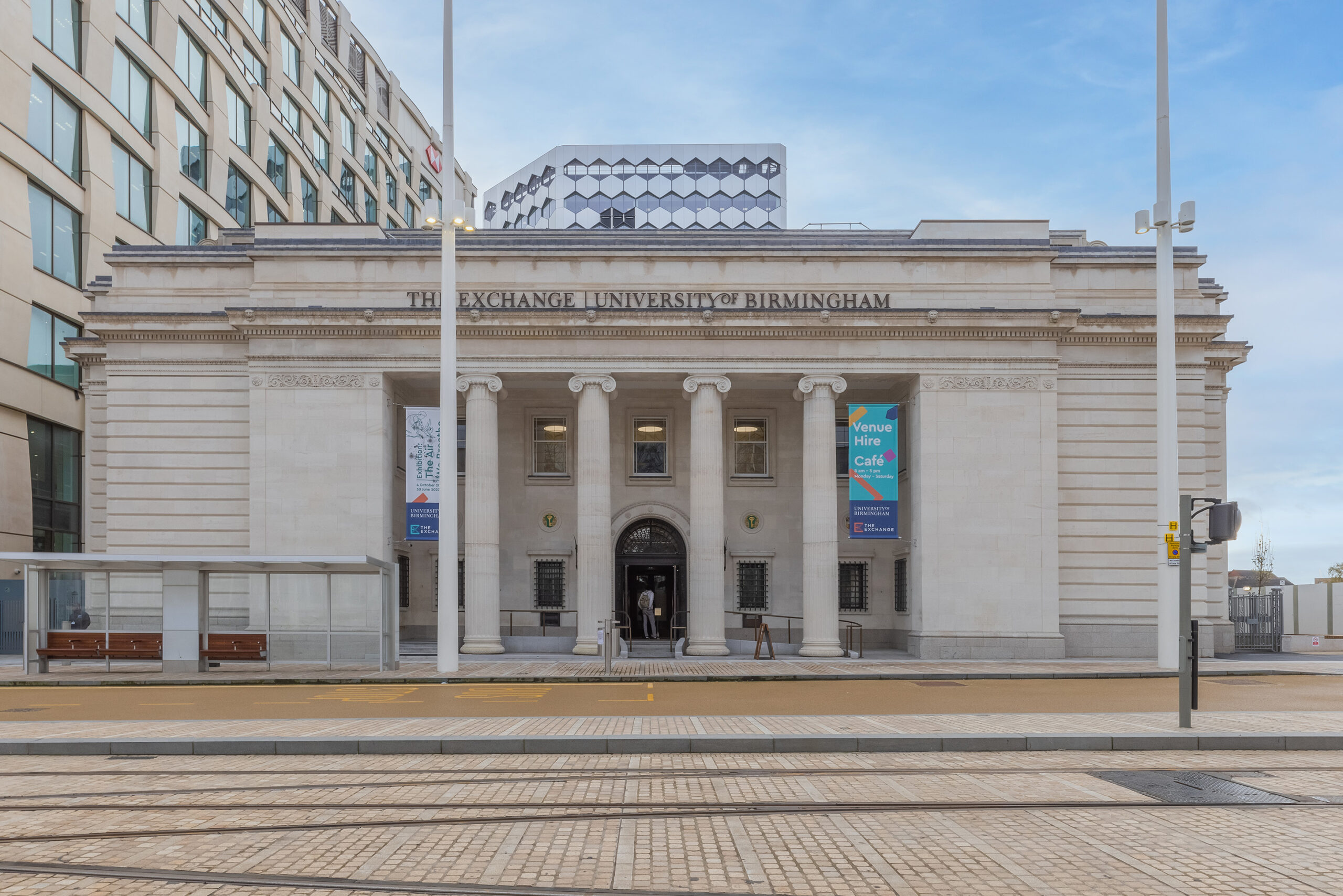
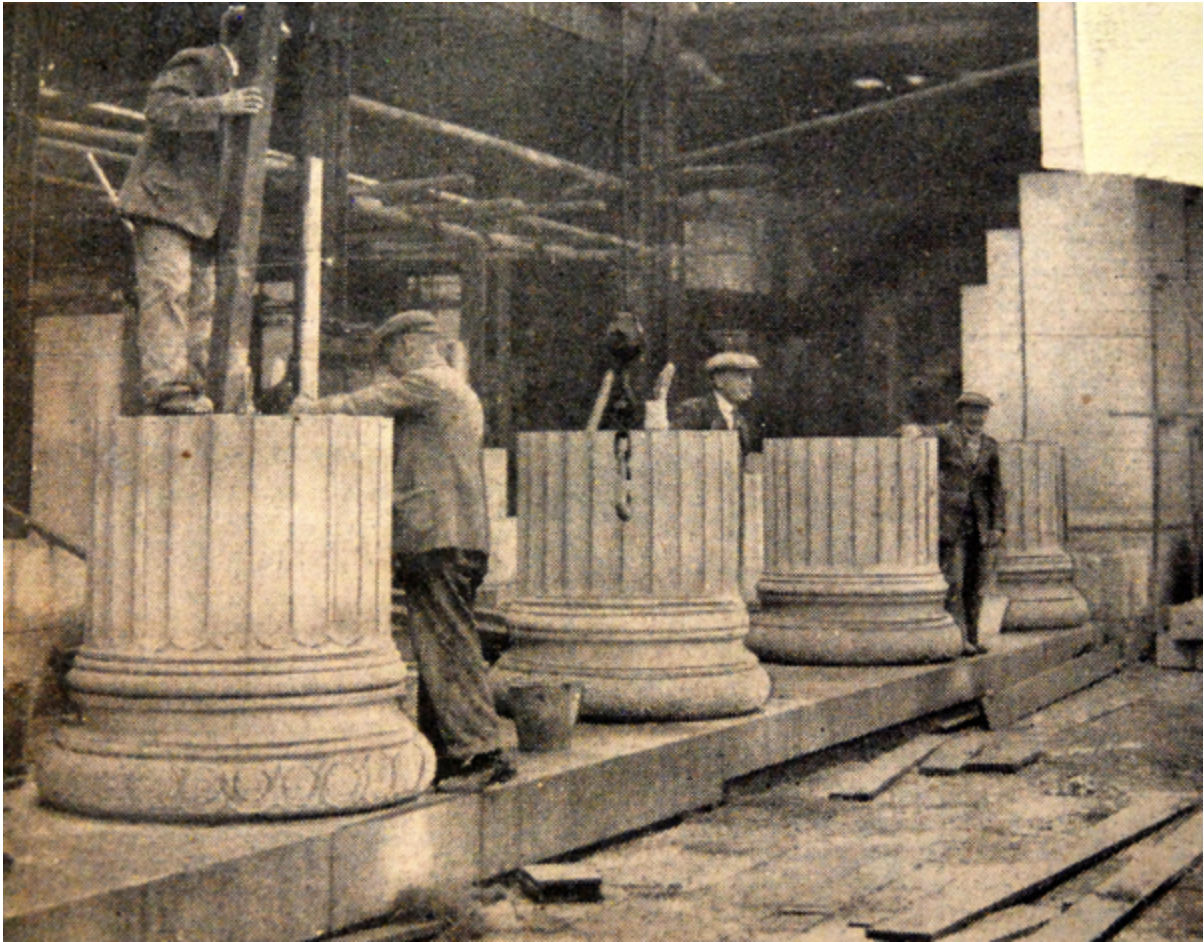
EMBARKING ON A PLAN ANCHORED IN PURPOSE
As is the case with much of our work, the plans for the building were ambitious—and exciting. The university saw huge potential in the building—potential to not only restore its former grandeur, but to use it as a space for members of the university and the wider Birmingham community to gather. Building on its legacy as a place where currency was exchanged and the community was brought together, they envisioned a venue where ideas could be exchanged through public-facing research presentations, data sharing, courses, and events. Translated into site plans, that meant retrofitting what was once a single-use building into a café, event spaces, flexible work and meeting rooms, a roof terrace, and an outdoor courtyard.
The project team who would make all that happen included Galliford Try as the contractor, Glancy Nicholls as the architect, Mace overseeing project management, and WSP providing structural services. MGAC was enlisted to contribute Cost Management services.
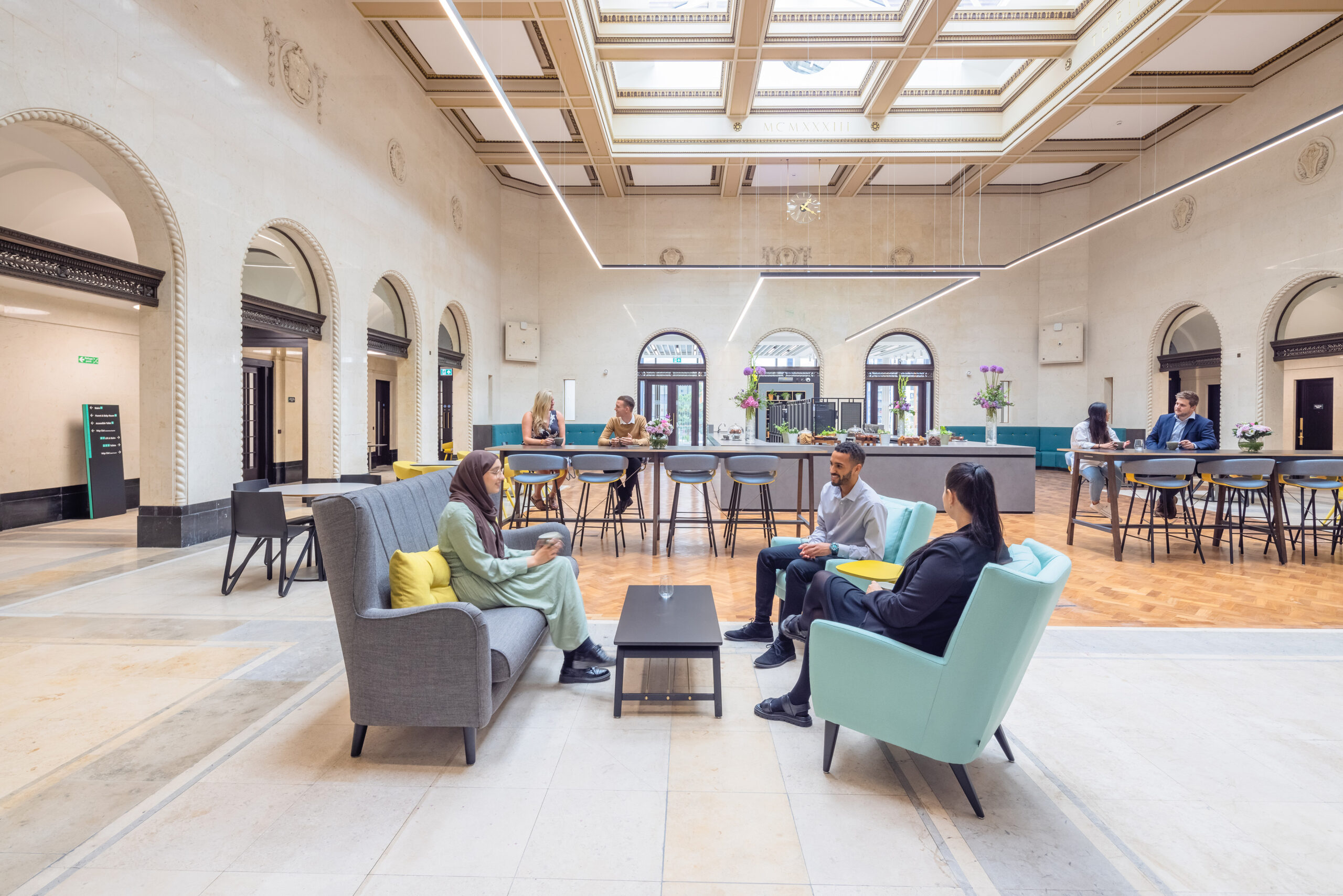
DIVING IN AND ACCOUNTING FOR THE UNKNOWN
Our first and most critical task on this project was to build a budget that was cautious enough to allow for historical surprises, checked the boxes for key conservation requirements, and enabled us to work toward something really special. Integral to this was our firm’s expertise on historic refurbishment projects and constant coordination with the conservation officer overseeing the work. Once we learned what could—and could not—be done, we tapped our own experience to strategize solutions. Because we’d been here before, we knew those solutions must always account for the unknowns—further wear and tear on the building, highly-specialized tradespeople who might need to be called in for heritage repairs, and more.
From there, we collaborated with project partners to ensure the client’s goals, design plans, and historic requirements could align with the budget available. It was a delicate balancing act, but one that was a real team effort as everyone involved wanted to see this remarkable landmark building restored.
The on-site work began in January 2019. Anyone who stepped in at that time could see that the university had taken on a challenge when it purchased the property. The years of neglect were apparent, making surveying a critical part of laying the groundwork for the project. While some of the refurbishments needed were immediately apparent, there were still many unknowns—and challenges that came with filling in all of the blanks.
When we conducted a survey for asbestos, for instance, we, fortunately, were able to gauge where most of it was, but had to continue to work under the assumption that we may find more along the way. After all, due to the historic nature of the building, we couldn’t simply take apart walls to see what was underneath. Everything was evaluated with extreme care with the help of rot hounds and meticulous sample analysis.
On this project, even the doors were handled with careful consideration. Seemingly straightforward processes like fire tests—which involve burning one of a structure’s existing doors to gauge how long any one of them would hold up in event of a fire—were impossible due to the historic nature of the building. We were dealing with bespoke carved, solid oak doors, so that method was off the table. Instead, the project team underwent a much more involved process that engaged labs to conduct testing that wouldn’t leave a trace.
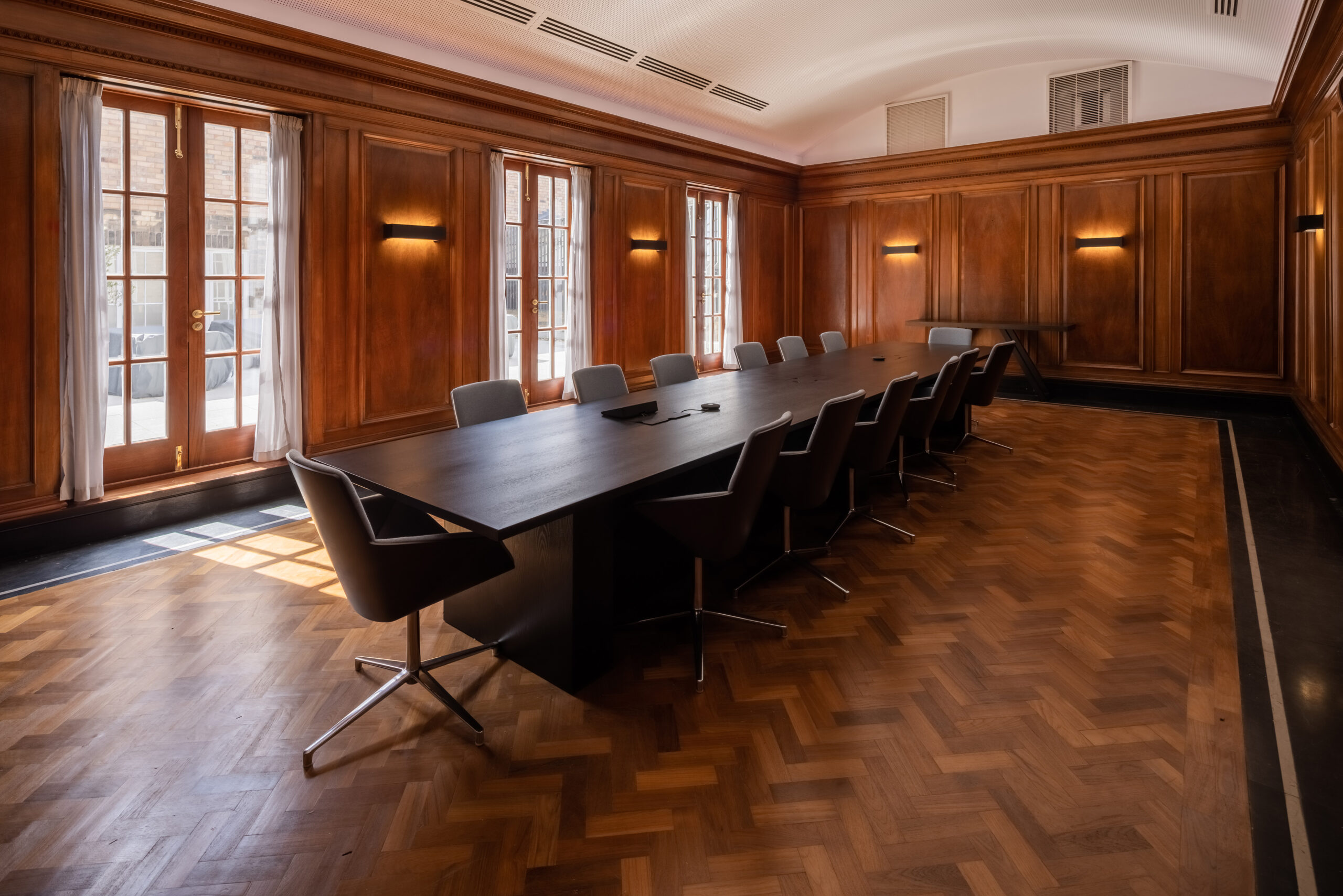
SPECIALIZED SUBCONTRACTORS, SITE ACCESS, AND SUPPLY CHAINS
We always knew this project would require the engagement of uniquely skilled craftsmen. When asbestos was discovered in some of the ductwork, it was determined that the plaster ceiling needed to be cut out. That had to be done with extreme care by a subcontractor who worked with lime-based plastering was brought in. The plasterer ensured the integrity of the beautiful ceiling was honored and restored down to the individual cornices at the wall-to-ceiling junctions, which were custom-molded to match perfectly with the original lime plaster. The walnut paneling in the old general manager’s office was restored by a special tradesman. The main bank vault and the bronze vault boxes were specially cleaned, recast, and were given replacement parts where it was needed by experts. And on the exterior of the building, the stonework restoration was completed by specialized stonemasons.
Finding these uniquely-skilled subcontractors and the budget for each was a key part of making the project work. While it wasn’t easy, we’d always known that would be a necessary factor in honoring the heritage of the building. What we didn’t foresee was the arrival of a global pandemic—and the challenges that would come along with it. Working with very specific materials, things we couldn’t simply swap out for an alternative, meant supply chain disruptions were a major factor. The team worked hard to get what was needed, though, and the project marched on. And when site access was limited, technology and the use of virtual surveys kept the entire team in the loop.
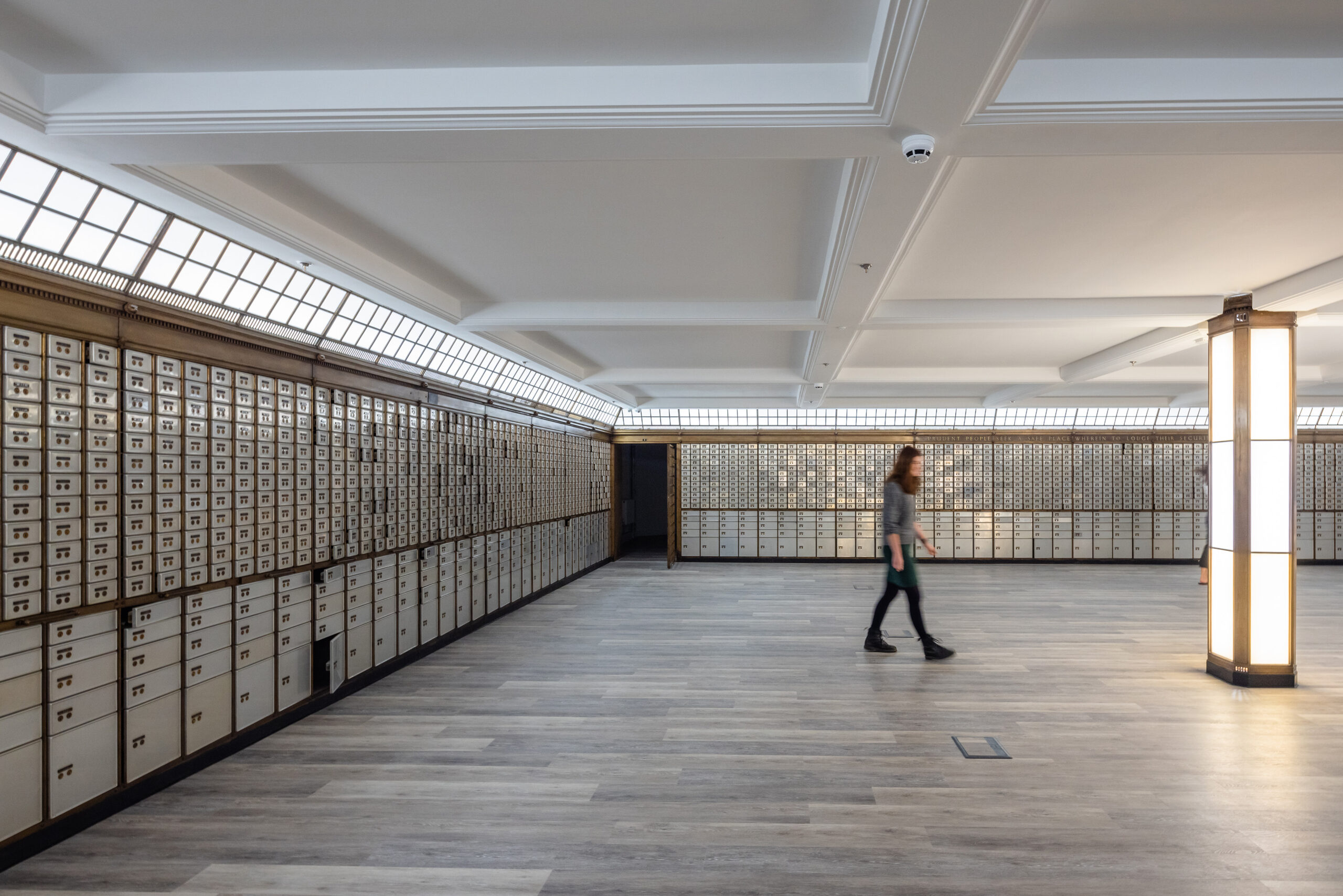
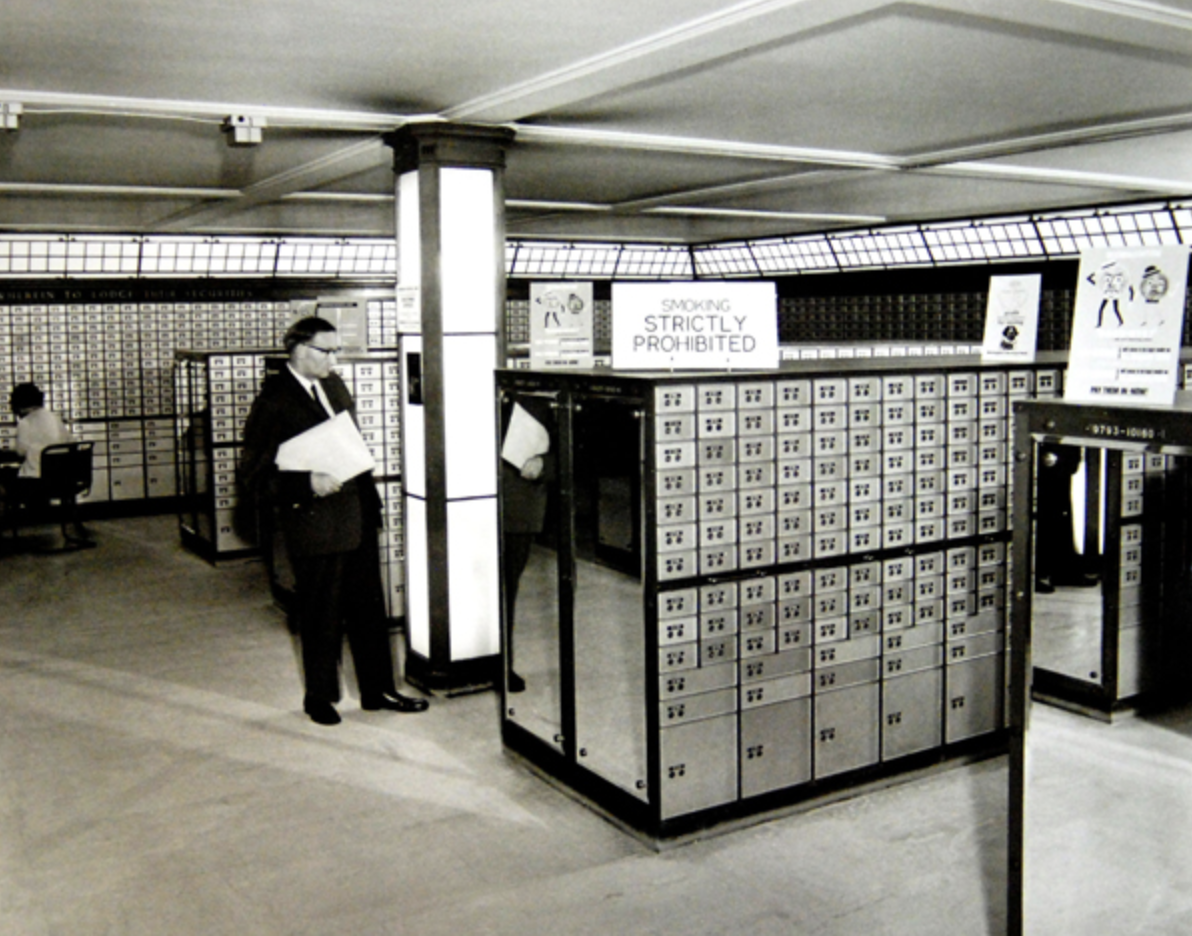
PRESERVING THE PAST, SECURING THE FUTURE
In October 2021, after three years of meticulous refurbishment, the grand neoclassical building opposite Centenary Square in the heart of Birmingham again opened its doors—this time as The Exchange.
Every room within the building stands as a testament to both form and function, honoring the history of the space while ushering in an exciting future. The three-story banking hall has been restored to its original grandeur and once again welcomes the community as a café where visitors can enjoy a coffee or meal while marveling at the polished limestone walls, the ornately carved roundels, and original “Saving is the mother of all riches” inscription in the coffered ceiling—now illuminated by a skylight. Downstairs, the basement vaults house public-facing exhibitions. With each rotating exhibit, new purpose pulses through the old safe deposit box rooms. Each of the meeting and event rooms is flexible in use and entirely unique in character, reflecting original details from past lives as a general manager’s office, a staff canteen, and a boardroom. A student incubation center that supports young people’s first business enterprises recalls the bank’s role in helping community members build their future. Throughout the building, rooms are named for prominent Birmingham residents and university alumni, honoring figures who transformed the school and the city. And on the exterior, the south-facing extension opens onto the newly landscaped Bank Court, creating a new public outdoor gathering space.
To simply restore the space would have been a major accomplishment. But by carrying it into the future and reinvigorating this square in the heart of the city, the project team and the university have done so much more. It was an honor to play a role in that work, and we look forward to seeing The Exchange serve the University of Birmingham and the city’s residents for years to come.



